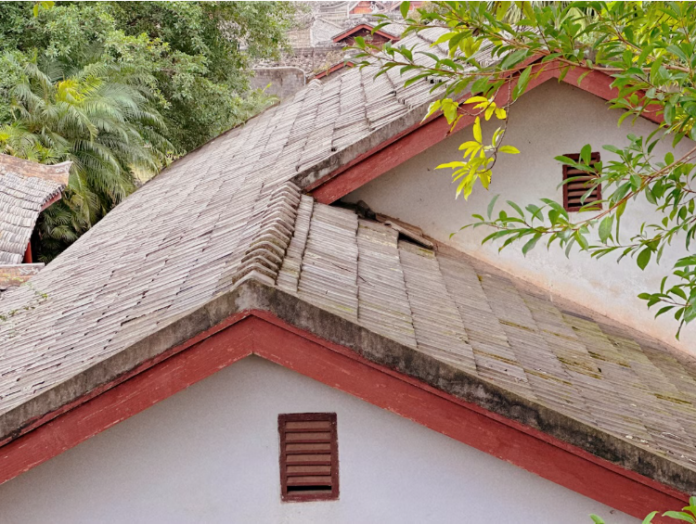A sagging roof isn’t just an eyesore—it’s a red flag that your home could be in structural trouble. Ignoring it can lead to costly repairs or even dangerous collapses. If you’ve recently noticed a dip or curve in your roofline, it’s essential to take swift action.
Below are five key steps you should consider when dealing with a sagging roof, including when to call professionals and how to protect your entire home’s exterior.
1. Identify the Underlying Cause
The first step is identifying why your roof is sagging. Common causes include water damage from leaks, improper installation, old or undersized rafters, or the weight of accumulated snow or debris. Sometimes, the damage is due to weakened foundation support or termite infestations.
A professional roof inspection is crucial to diagnosing the issue correctly. Don’t rely on visual inspection alone—a trained eye can spot structural weaknesses that a homeowner may easily overlook. Catching the root of the problem early prevents further damage and helps you plan effective repairs.
2. Don’t Delay—Call a Roofing Contractor
Once you notice a sag, don’t procrastinate. Contact a licensed roofing contractor immediately. They will conduct a detailed assessment and provide a professional opinion on the severity of the damage.
Roofers have the tools, experience, and knowledge to determine whether your roof needs reinforcement, partial replacement, or a complete overhaul. Make sure the contractor is certified, insured, and has good reviews. Hiring the right expert can differentiate between a quick fix and a long-term headache.
3. Consider Full-Service Roofing, Siding, and Windows Solutions
While focusing on the sagging roof, don’t ignore other structural elements like siding and windows. A compromised roof can allow water to seep into walls and window frames, leading to rot, mold, or insulation problems. A roofing siding and windows service provider can evaluate your home’s exterior holistically.
These companies often offer bundled solutions that address the sagging roof and improve energy efficiency and curb appeal. Investing in a full-service provider ensures your home is secure and well-protected from top to bottom.
4. Reinforce the Roof Structure
Depending on the contractor’s evaluation, your roof might require structural reinforcement. This can include installing new rafters, sistering joists, or adding load-bearing beams. Sometimes, the roof decking itself needs to be replaced if it’s rotted or weakened.
Reinforcements not only address the sag but also increase your roof’s ability to handle heavy snow, wind, and rain. This step is essential to restore safety and integrity to your home’s structure and to prevent future sagging.
5. Schedule Regular Roof Maintenance
Prevention is always better than cure. Once your sagging roof has been repaired, schedule regular inspections and maintenance. Clean gutters, remove heavy snow and look out for signs of water damage or rot.
Keeping your roof in top condition will help it last longer and save you from unexpected expenses. Many contractors offer annual maintenance plans, which can be a wise investment for long-term peace of mind.
A sagging roof demands immediate attention. With professional help and proactive steps, you can restore your roof’s strength and protect your entire home.

